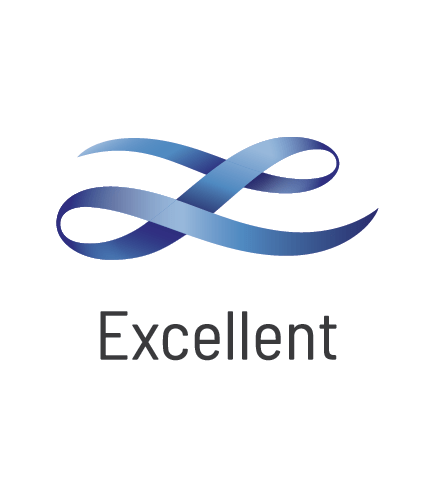Hardys Eileen Hardy Shiraz
A new label and new take on a classic. The Eileen Hardy Shiraz is juicy, plump and full of life with a magnificent backbone of tannin and spice without being overbearing. A classic in the making.
Yering Station Reserve Pinot Noir
Made only in the best years, this wine is concentrated and intense. Powerful yet elegant, it has fine and silky tannins and a long finish. This wine is delicious now and will age beautifully for the next 10 years.
By Farr Shiraz
Shiraz By Farr is one of Victoria's premier cool-climate Shiraz's, made by the iconic Geelong winemaker, Gary Farr. The nose is incredibly complex showing notes of red and black fruits, spice, black pepper and iodine. In the mouth the wine is incredibly fresh. Wonderfully braced fruit and fine framing tannins and an outstanding length.
Henschke Tappa Pass Shiraz
Henschke have in recent years begun to identify and single out great quality parcels of Shiraz fruit that deserves to be bottled seperately and released as part of their Vineyard Selection. The Tappa Pass Shiraz is sourced from old low yielding Barossa vineyards that shows amazing depth and concentration. Rich, lush and intense it will develop further complexity with bottle age.
Michele Chiarlo Barbaresco Reyna
Michele Chiarlo was founded in 1956 by the sole and present owners, Michele and Giuseppina Chiarlo. Son of over seven generations of esteemed wine growers, Mr. Chiarlo is today one of the most respected producers of the fine wines of Piedmont and a leading figure in its viticultural industry.Barbaresco Reyna comes all along from the vineyards of Barbaresco and Treiso. Reyna has always been an exceptional and traditional Barbaresco, aged in large barrel. Its main features are the elegant tannins, the delicate spices and the silk sensation in the mouth.
Savaterre Pinot Noir
Hand picked low yielding vines producing a wine with increased intensity of aroma, flavour, texture and length. Hand picked and fermented with indigenous yeast and matured in French oak for two years..
Burn Cottage Vineyard Pinot Noir
A seductive and enticing Pinot Noir that delivers an intriguing aroma of sun ripened red fruits, earl grey tea and an underlying character of autumnal leaves and wet stones. The palate is both youthful and vibrant, with an elegance and richness that is becoming the hallmark of our vineyard. The red berry fruit flavours combine with wild thyme and rich savoury notes, and are supported by the beautifully poised tannins that give depth to the long mouth-watering finish. This wine by Burn Cottage Vineyard needs a few years to marry all of its elements. Cellaring for up to 8-10 years.
Levantine Hill Syrah
Levantine Hill Syrah has lifted complex aromas of dusty red berries, musk, cardamom and white pepper and vanillin oak. The elegant medium-bodied palate abounds with spice and earthy nuances in a concentration of savouriness. The silky ripe tannins have been deftly integrated with the underlying oak providing carriage for the fruit weight and lingering flavours to a pronounced and persistent finish.
Kellermeister Wild Witch Shiraz
Kellermeister's Wild Witch has garnered a cult following over the past years due to the brooding, rich, full-bodied and limited nature of the Barossa classic. The inky, viscous, foreboding black fruit is sourced from low-yielding, dry grown vineyards specially selected for producing the very best Kellermeister can get their hands on. Resting for two years in the finest French oak to really develop its flavour and character. Almost 'magical'.
Massolino Barolo
First produced in 1911. The fruit for Massolino's classic Nebbiolo cuvée is selected from seven sites, representing roughly seven hectares of prime-sited Serralunga vineyards. The oldest vines that feed this bottling are 55 years old (the youngest are 10), and it spends 24 months in large Slovenian oak (only).























